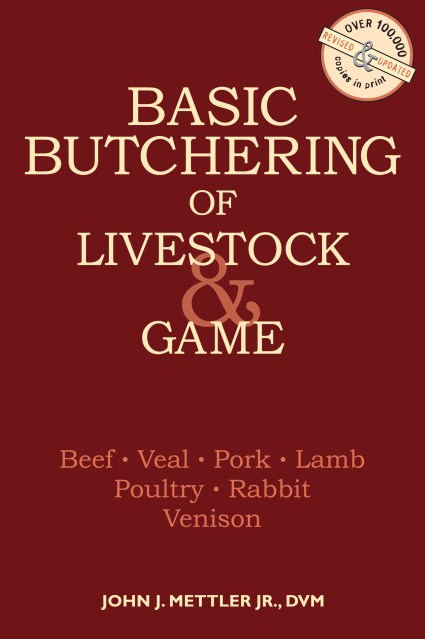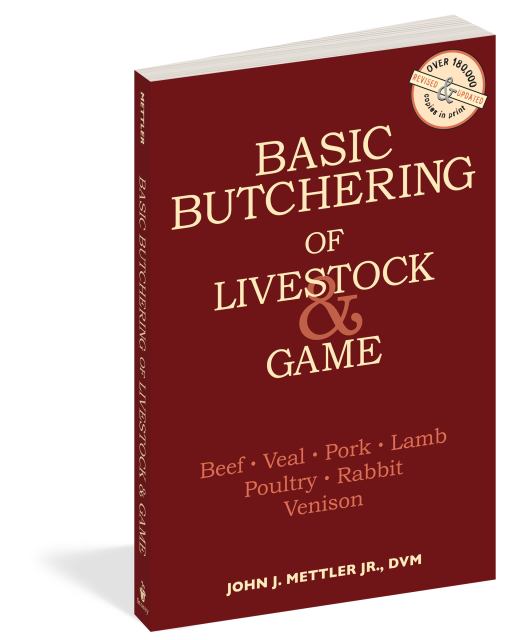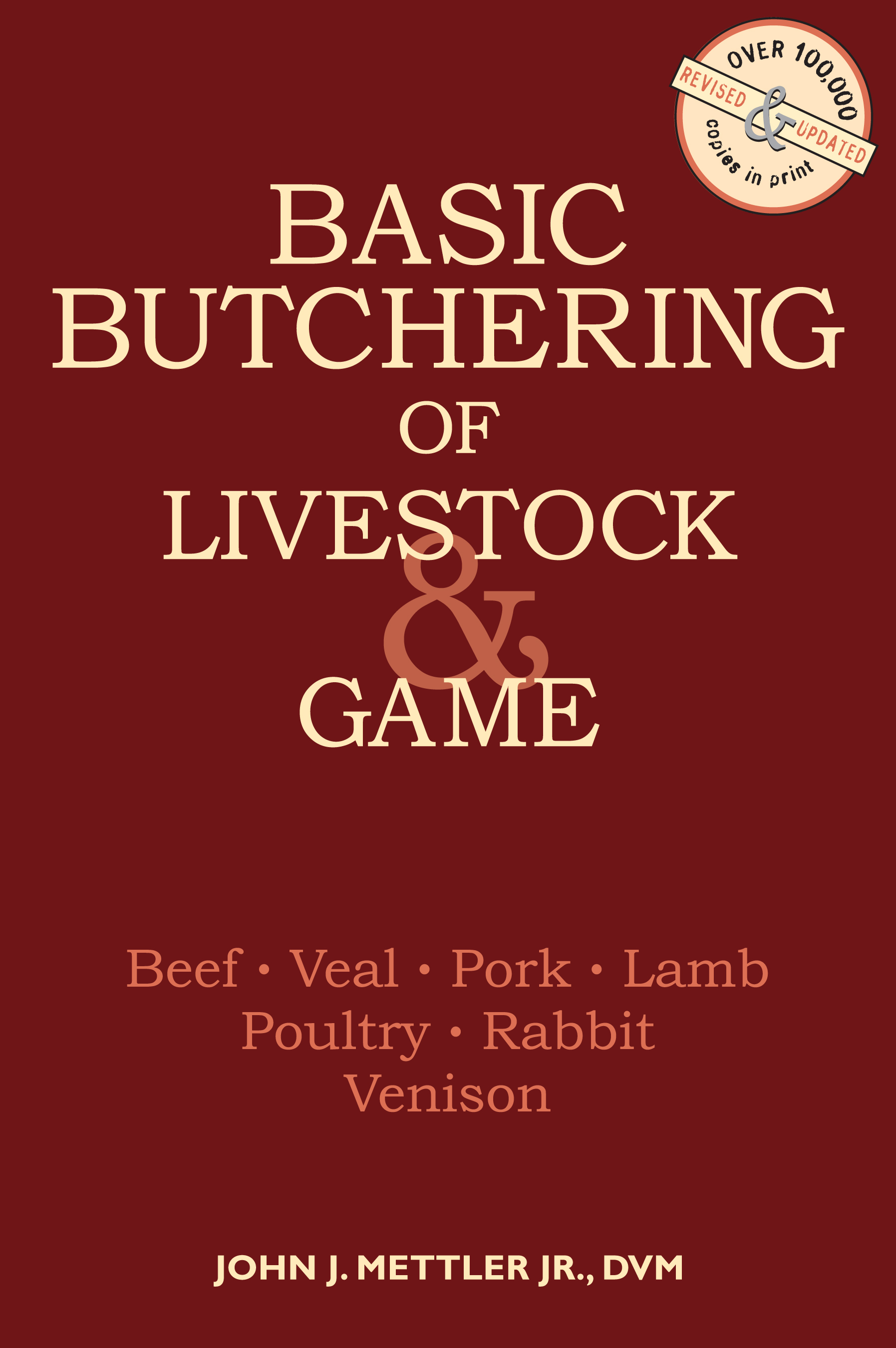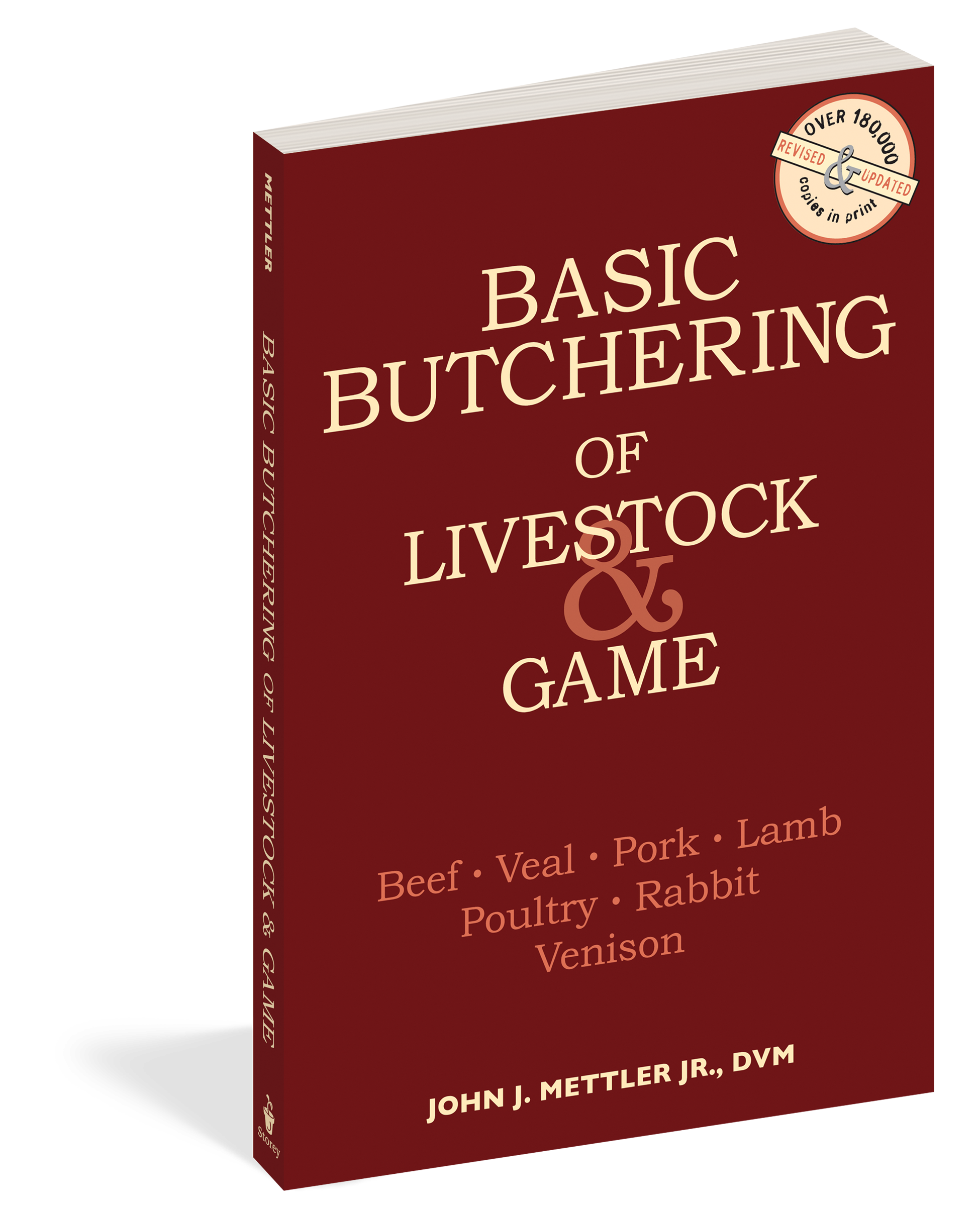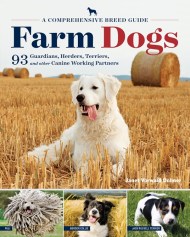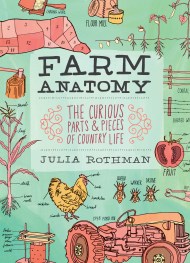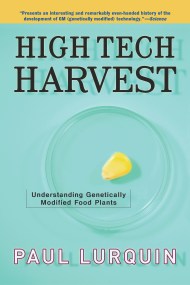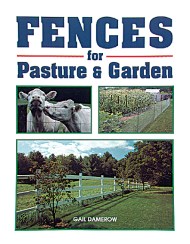Promotion
Use code MOM24 for 20% off site wide + free shipping over $45
Basic Butchering of Livestock & Game
Beef, Veal, Pork, Lamb, Poultry, Rabbit, Venison
Contributors
Formats and Prices
Price
$17.99Price
$22.99 CADFormat
Format:
- Trade Paperback $17.99 $22.99 CAD
- ebook $11.99 $15.99 CAD
This item is a preorder. Your payment method will be charged immediately, and the product is expected to ship on or around January 10, 1986. This date is subject to change due to shipping delays beyond our control.
Also available from:
This guide takes the mystery out of butchering, covering everything you need to know to produce your own expert cuts of beef, venison, pork, lamb, poultry, and small game. John J. Mettler Jr. provides easy-to-follow instructions that walk you through every step of the slaughtering and butchering process, as well as plenty of advice on everything from how to dress game in a field to salting, smoking, and curing techniques. You’ll soon be enjoying the satisfyingly superior flavors that come with butchering your own meat.
Genre:
-
"With this book in hand, you should be able to take just about any animal from pen to freezer."
-
"Provides clear, concise, and step-by-step information for people who want to slaughter their own meat."
- On Sale
- Jan 10, 1986
- Page Count
- 208 pages
- Publisher
- Storey
- ISBN-13
- 9780882663913
Newsletter Signup
By clicking ‘Sign Up,’ I acknowledge that I have read and agree to Hachette Book Group’s Privacy Policy and Terms of Use
